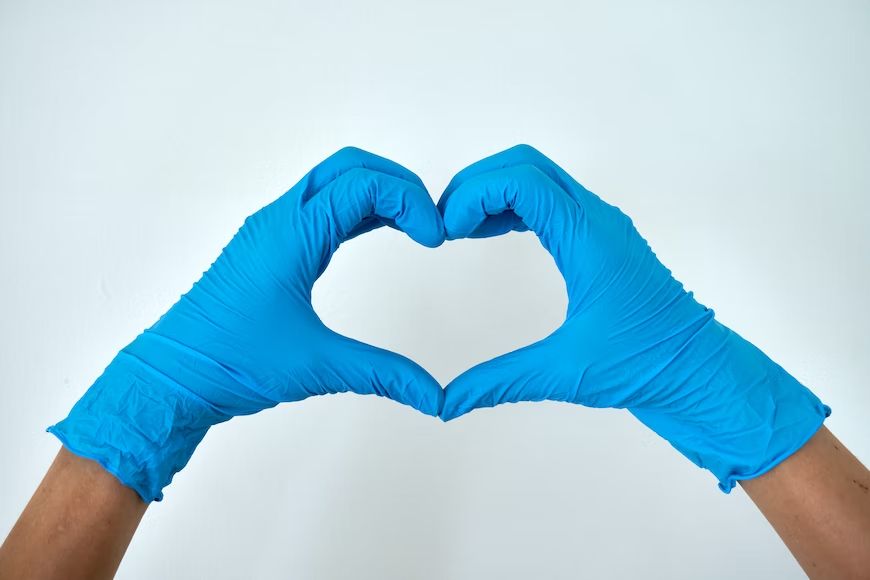6 Interesting Things To Know About Basic Life Support
Are you curious about what Basic Life Support (BLS) is? BLS is an essential skill that everyone should have in their medical toolkit. From healthcare professionals to first responders, even the average layperson can benefit from knowing a few basic principles of BLS.
We’ll take a look at 6 interesting things to know about Basic Life Support and why everyone needs to understand these fundamentals. We’ll explore topics such as the AHA’s guidelines for administering BLS, how modern technology can help make providing this care easier, and various techniques for preventing and responding to potentially life-threatening situations.

1. Certification
The American Heart Association (AHA) sets the certification requirements for BLS. A valid certification is earned by attending an approved classroom-based course or completing a hybrid online/in-person training program. Upon successful completion of the course, participants receive a wallet card that serves as proof of their knowledge and proficiency in administering BLS. And online BLS renewal options are available to help healthcare professionals renew their BLS certification quickly and easily. This is an important aspect of staying on top of the latest best practices in BLS.
2. Guidelines
The AHA offers a set of guidelines to help medical professionals, first responders, and laypersons provide effective care when administering BLS. These guidelines include topics such as how to correctly perform chest compressions, use an automated external defibrillator (AED), and administer rescue breaths. It’s important to stay up-to-date with these guidelines since they are regularly updated to reflect new evidence-based best practices. Additionally, healthcare professionals are given the most updated BLS guidelines in either the AHA’s textbook or via an online program. And first responders can take advantage of both classroom-based and online training programs to stay up to date on the latest BLS practices.
3. Technology
One of the biggest changes to BLS over the years is technology. Automated external defibrillators (AEDs) are now widely available and can be used to quickly and accurately provide life-saving shocks when someone’s heart stops beating. In addition, new apps have been developed that can help laypersons provide basic care until first responders arrive on the scene. These apps provide real-time guidance for performing chest compressions and other lifesaving measures, making it easier than ever to ensure victims of cardiac arrest receive timely care. Maybe, one day, technology will also be used to provide automated defibrillation or other advanced life-saving measures.
4. Prevention
It’s important to understand the basics of BLS not only for providing care during an emergency but for preventing such emergencies from occurring in the first place. Laypersons should be aware of risk factors associated with cardiac arrests, such as obesity and smoking, and take steps to reduce their risk. Additionally, healthcare professionals can educate patients on how to recognize and respond to signs of cardiac arrest or stroke before they become life-threatening emergencies. For example, administering chest compressions or using an AED on a heart attack victim as soon as possible can help prevent them from going into cardiac arrest.
5. Training
This is essential for ensuring that laypersons are prepared to provide basic care during an emergency. CPR classes are offered by local hospitals, fire departments, and other organizations throughout the country. These courses typically include instruction in chest compressions, rescue breathing techniques, and the use of an automated external defibrillator. Additionally, healthcare professionals can take refresher courses to stay up to date on the latest BLS best practices and guidelines. And first responders can take online BLS courses to hone their skills and make sure they’re prepared when responding to medical emergencies.
6. Administration
BLS is typically administered by healthcare professionals, such as nurses and doctors, but can also be given by first responders and laypersons. Laypersons should always call 911 before administering BLS, if possible. Healthcare professionals and first responders are typically equipped with the necessary supplies to administer BLS, such as chest compression pads, breathing masks, and automated external defibrillators (AEDs). It’s critical for healthcare professionals and first responders to have access to these supplies to provide prompt and effective care when responding to medical emergencies.
In addition, healthcare providers must be able to recognize signs of cardiac arrest or stroke so they can act quickly when called on.

BLS is an essential skill for any healthcare professional, first responder, or layperson. Understanding the basics of BLS, staying up to date on best practices and guidelines, utilizing technology, preventing emergencies from occurring in the first place, and training properly are all important steps to ensuring that victims of cardiac arrest receive timely care. With proper preparation and understanding of the fundamentals of BLS, we can help save more lives in times of emergency.
